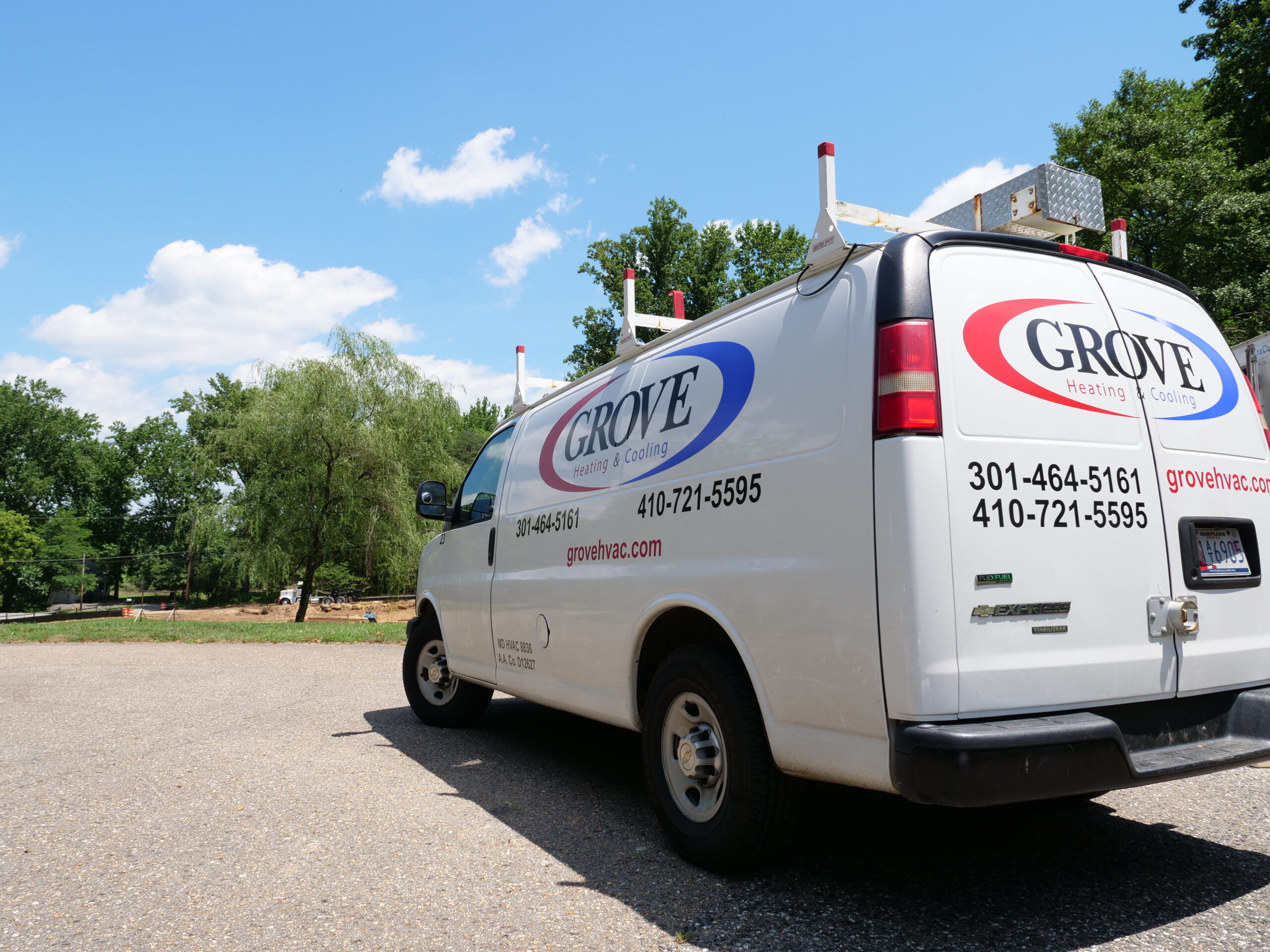When your AC stops cooling, a faulty compressor could be to blame. But when it fails, should you tackle the replacement yourself or call in a professional? Replacing an AC compressor isn’t a simple swap—it involves handling refrigerant, electrical components, and precise installation to ensure your system runs efficiently.
Grove Heating & Cooling walks you through the process, outlining what’s involved, the tools required, and when it’s best to leave the job to the experts.

The air conditioner’s compressor is the powerhouse of your cooling system, responsible for circulating refrigerant between the indoor and outdoor units. By pressurizing refrigerant, it’s able to absorb and release heat, which keeps your home cool.
When the AC compressor fails, your air conditioner can no longer effectively cool the air, leading to issues like weak airflow, warm air blowing from vents, or even a system that won’t turn on at all. Other signs of a failing compressor include loud noises, tripped circuit breakers, and frozen coils.
Because the compressor is such a critical component, it’s often necessary to replace the AC compressor when it fails—otherwise, your entire cooling system won’t function properly.
Replacing an AC compressor requires specialized tools and technical knowledge to ensure a safe and effective installation—it’s a job best left to HVAC professionals, like the NATE-certified AC repair technicians at Grove Heating & Cooling.
This step-by-step guide shares what we do when you need an AC compressor replacement, along with the tools needed for each stage.
Before replacing the compressor, we confirm that it is the source of your AC issues. Symptoms of a failing compressor include warm air blowing from vents, loud noises, or a system that won’t turn on. Our HVAC technician uses diagnostic tools like a multimeter and refrigerant gauge set to test the compressor and ensure the issue isn’t related to other components like the capacitor or refrigerant levels.
Safety is critical. We shut off power to the air conditioning system at the circuit breaker to prevent electrical shock. We also turn off the thermostat to make sure the system does not attempt to turn on during the replacement process.
AC compressors operate with refrigerant, which must be handled properly due to environmental regulations. Our EPA-certified technicians use specialized equipment to safely recover and store the refrigerant before disconnecting the compressor.
Tools Needed:
This step is critical, as improper handling of refrigerant can result in legal penalties and environmental harm.
Once the refrigerant has been removed, the faulty compressor is disconnected. This step includes:
Tools Needed:
Care must be taken to avoid damaging other system components during the removal of the old AC compressor.
The replacement compressor is carefully positioned and secured. This step includes:
Tools Needed:
Proper alignment ensures the AC compressor replacement functions correctly and does not cause system vibrations or leaks.
With the new AC compressor in place, refrigerant must be added to the system. This requires precise measurement and proper handling techniques for safety and efficiency.
Tools Needed:
Once the system is reassembled, turn the power back on and test the AC compressor. This includes:
Tools Needed:
Replacing an AC compressor is a technical and labor-intensive process requiring specialized tools and HVAC knowledge. Handling refrigerant, electrical connections, and system calibration isn’t just difficult—it also requires certifications in many areas.
If you suspect your AC compressor needs replacement, Grove Heating & Cooling is here to help with expert air conditioning repair service and reliable solutions. Contact us today to diagnose your AC issues and perform the repairs or component replacement services you need to stay cool.
